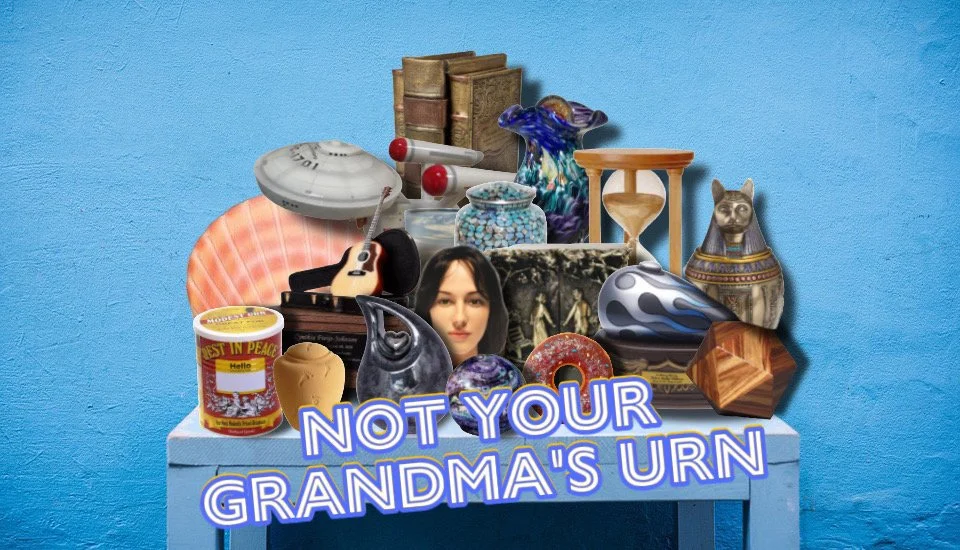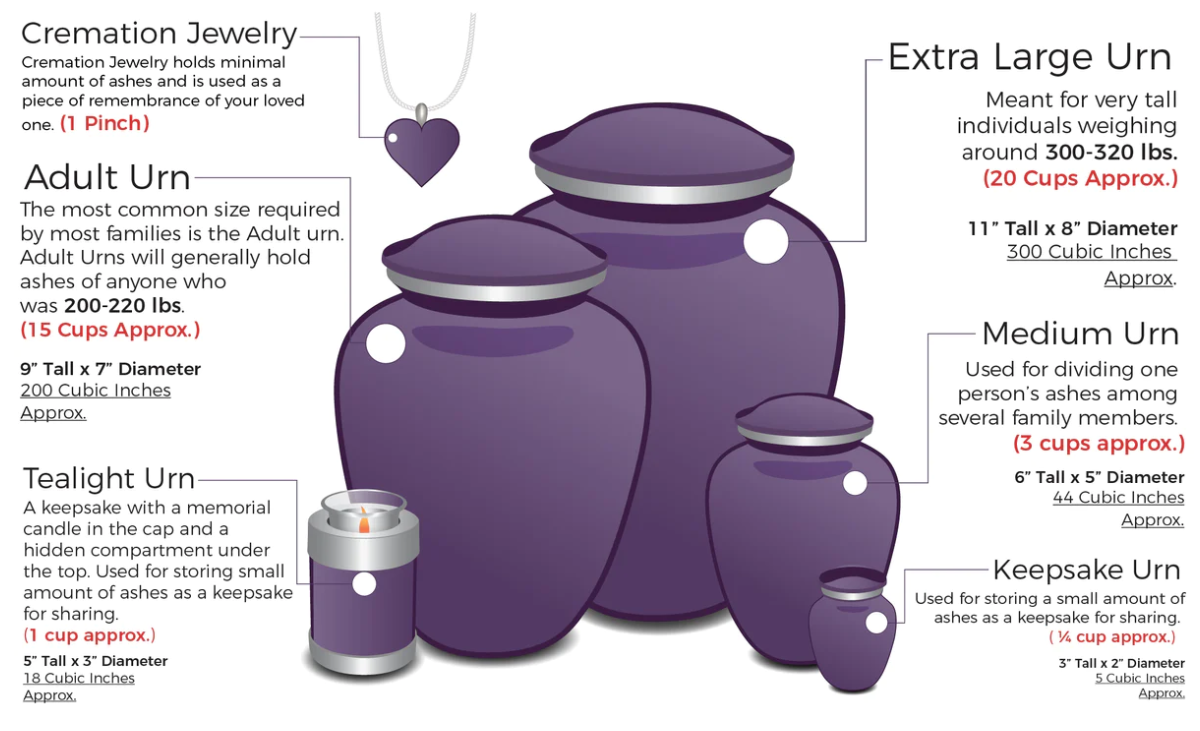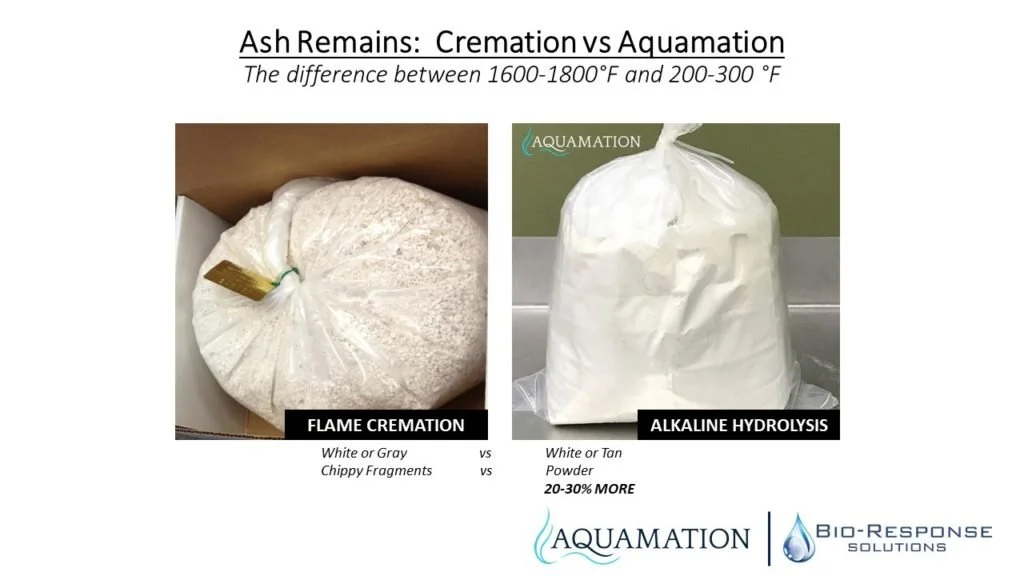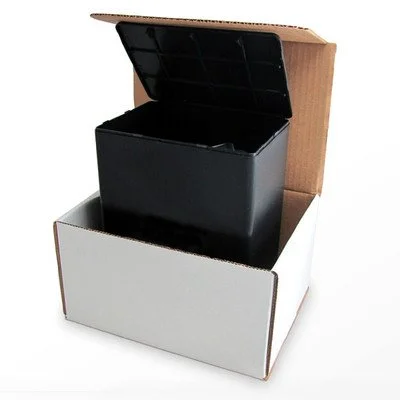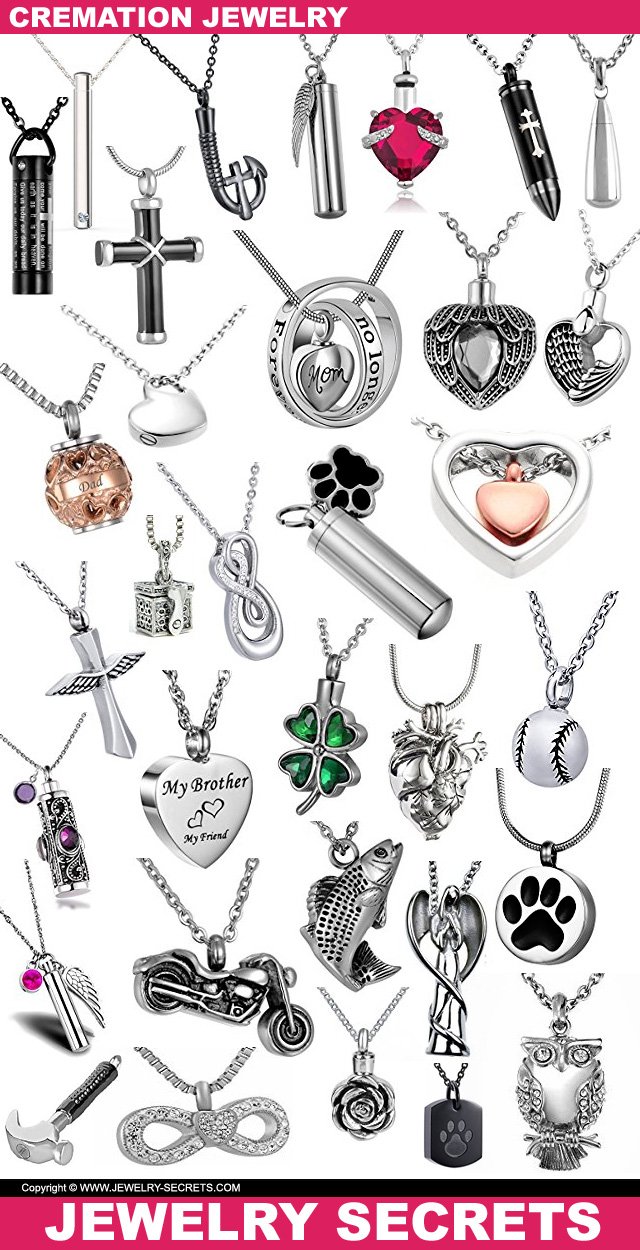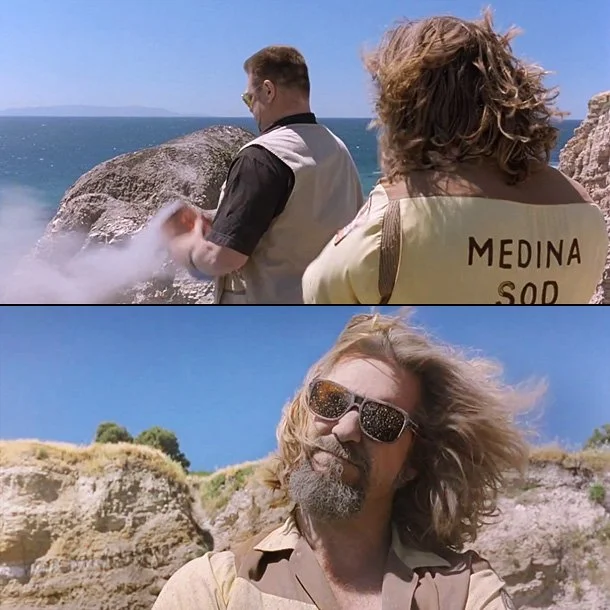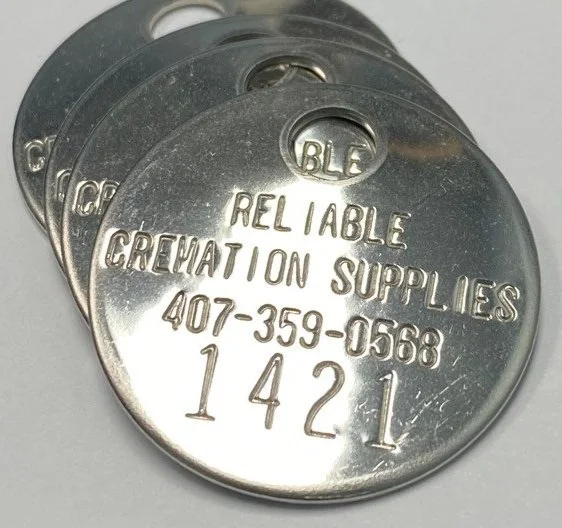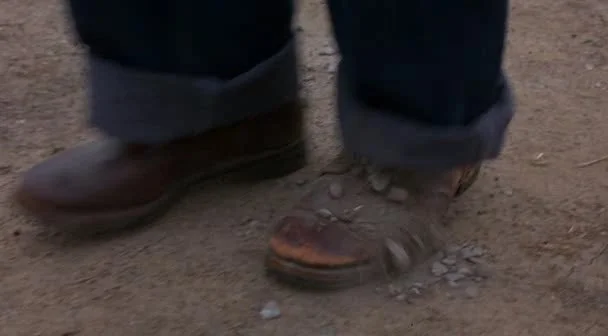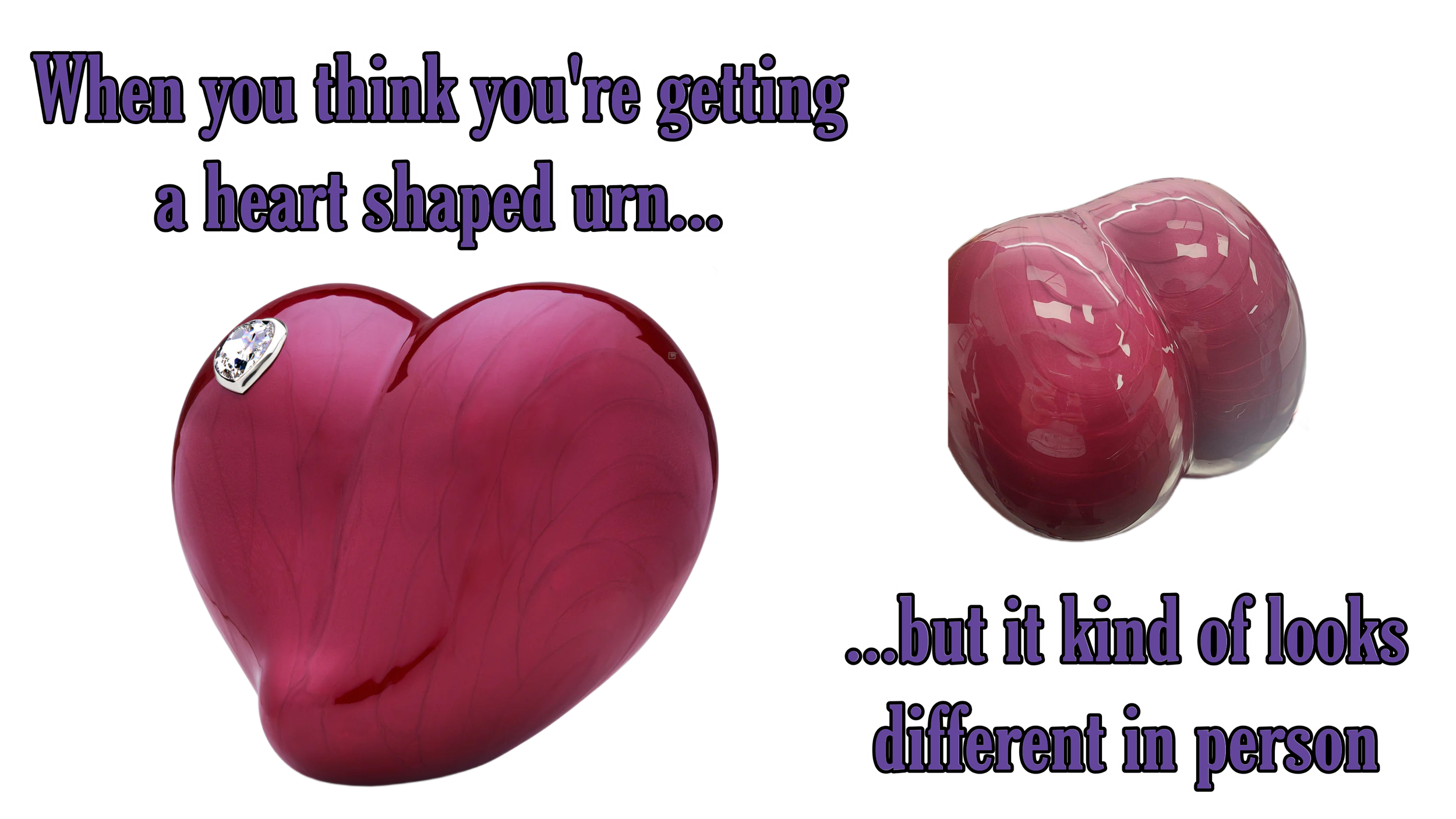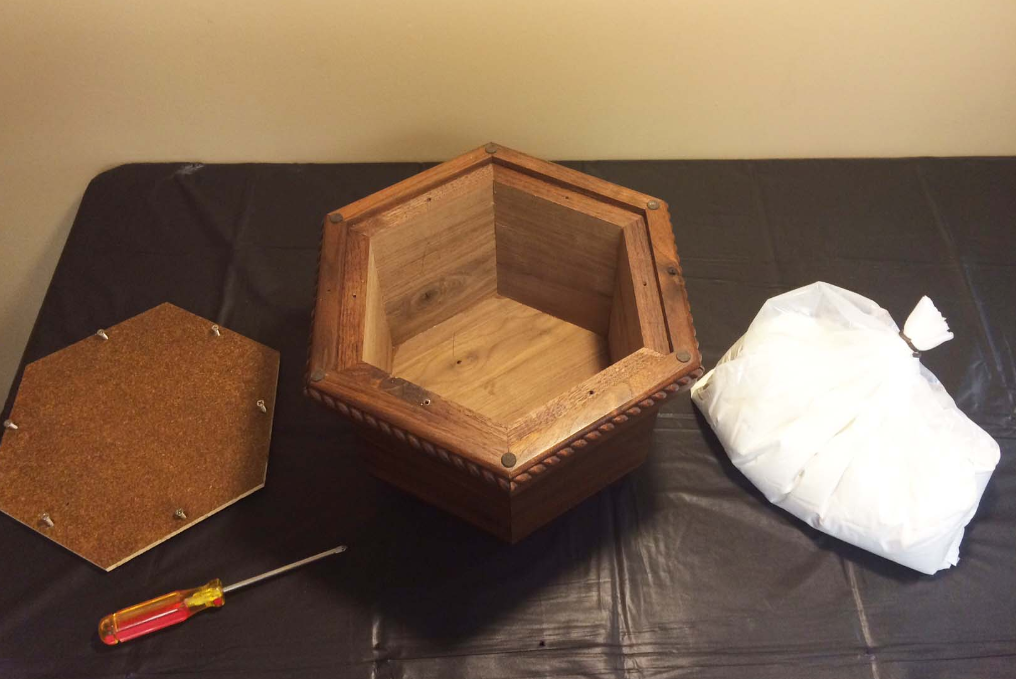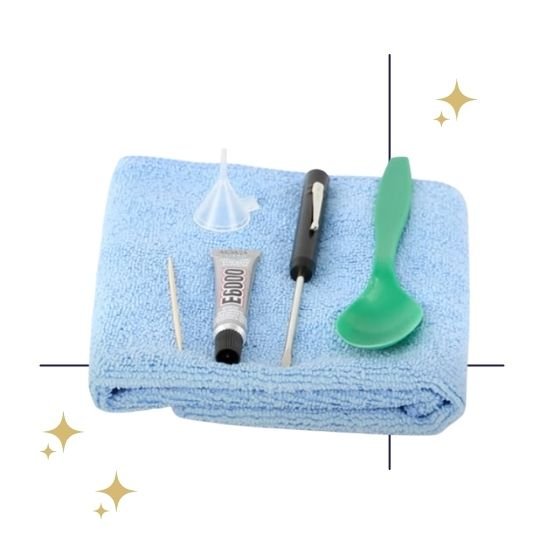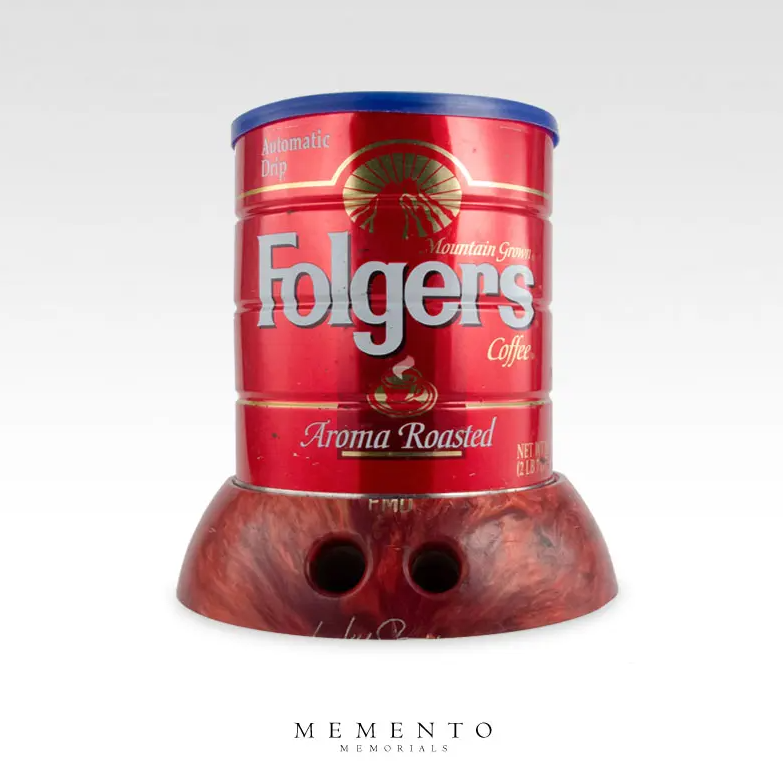Not Your Grandma’s Urn
A guide to modern urn choices, plus how to choose the right size
Urns don’t need to be basic anymore.
We have so many options beyond simply rectangle or vase in the standard woods, metals, and stone. Want one that looks like your face? It can be done. How about one that dissolves? There’s a good reason to get one of those. Do you have to buy the urn from the funeral home? No, but do your homework before purchasing online.
Let’s explore the variety of urns available and some tips and tricks to avoid problems.
One of the biggest challenges in selecting an urn is choosing the correct size, so let’s talk about that first. Urns come in different sizes, sometimes even in matching sets that look a bit like nesting dolls. It’s crucial to know which size tier you need.
Individual - This is for one average-sized adult. The Cremation Association of North America (CANA) has set the standard size as 200 cubic inches, but that doesn’t mean that all the urns you find online adhere to that.
Extra large - This one is, well… extra large. They’re a good option for people over 6 feet tall.
Keepsake - Beware of this term in case you see a cheap price and think you’re getting a bargain. This is a tiny urn meant to hold a portion of cremated remains, not an entire adult. They’re designed for splitting up cremated remains between multiple recipients or destinations.
Companion - This urn accommodates two adults (like spouses) and may have a partition with two compartments inside. Otherwise, it’s one large compartment, or two separate urns designed to stand together. We can add the inhabitants at different times, so no worries about needing to die at the same time.
Infant/child or pet - Smaller scale urns, which often overlap with the keepsake category but can have specific child or animal designs.
Jewelry - There are tons of unique designs for keepsake jewelry, but they only hold a token, minuscule amount of cremated remains.
Combo - An urn with a dual function, perhaps as a memento chest, flower vase, or candle holder, depending on the added compartments/design.
When we get down to it, urns are measured by their internal capacity and they’re NOT one size fits all. This is the key detail to pay attention to before buying an urn. But how do you know what volume you’ll need?
Here’s a quick guideline:
One pound of pre-cremation weight typically yields about one cubic inch of cremated remains.
So, a 150 lb. person = approximately 150 cubic inches of cremated remains.
Don’t get the volume confused with the post-cremation weight, since it doesn’t really mean anything when choosing an urn. Just for fun though, cremated remains usually weigh between 4-9 lbs. (2-4 kg). They’re heavier than you expect because they’re bone rather than ash. Calling them ashes is inaccurate (and FYI, funeral professionals usually consider the term cremains too slangy; you can use it, but we often avoid it).
But where were we? Pounds to cubic inches. Again, that 1:1 ratio is a general guideline. A tall person with high bone density will produce more cremated remains than average. Male skeletons are usually denser than female. The same goes for middle aged skeletons vs elderly skeletons. The cremation container makes a difference too. Was the body cremated in a simple cardboard container or a solid hardwood casket? If the person underwent alkaline hydrolysis (water cremation) rather than the usual flame cremation, expect about 20-30% more cremated remains. That’s just how the process works.
Sometimes it’s hard to predict the amount of cremated remains a person will reduce to, but you can at least get in the right ballpark now. Let’s look at those urn types again. Here are the rough capacities for what you’ll typically find when searching online:
Individual = 200-250 cu. in.
Extra large = 250-400+ cu. in.
Keepsake = 1-100 cu. in., but generally on the low side
Companion = 350-500 cu. in.
Infant/child = 10-100 cu. in.
Pet = 10-300+ cu. in. (from cats and chihuahuas to Great Danes and mastiffs)
Jewelry = a few grains to a teaspoon
Keep in mind that those reflect the space INSIDE the urn. The outside dimensions can vary wildly.
What happens if you get an urn that’s too small? Crematories can’t just withhold or dispose of the excess. They have to provide an “overflow” urn besides the one(s) provided. This is usually a plain cardboard or plastic box attached to the side of the main urn. When in doubt, SIZE UP.
Materials
Urns are made from a variety of materials nowadays. The price can sometimes be a good indicator of quality (but as always, buyer beware). A solid wood urn will be more costly than a veneer, but also more durable. Some materials like marble are super heavy. The biodegradable ones are generally very lightweight. Manufacturing complexity raises the cost.
Urns being sold at retail generally have a standard markup. That’s just business, whether it’s being sold by the mortuary or a random online vendor (you are allowed to bring your own urn to the mortuary as long as it meets the proper guidelines). It can pay to shop around, just make sure you’re comparing the right sizes and materials. I won’t include pricing here because there’s such a variety and it’s all subject to change.
These are the most common materials available:
Metal
Wood
Stone
Ceramic
Resin
Glass
Cardboard
Plastic
Biodegradable (recycled paper, salt, sand, plant fibers, wool fiber, compacted peat, coconut shells, cornstarch, bamboo)
Urns can be further customized with engraving (usually names and dates, but occasionally fun sentiments like “it’s dark in here!”), or an engraved plate/pendant if the urn material can’t be engraved directly. Some are painted or have emblems added to represent military branches, hobbies, or vocations. High quality photographs can be incorporated. If there’s additional space left inside the urn, trinkets or mementos can be added.
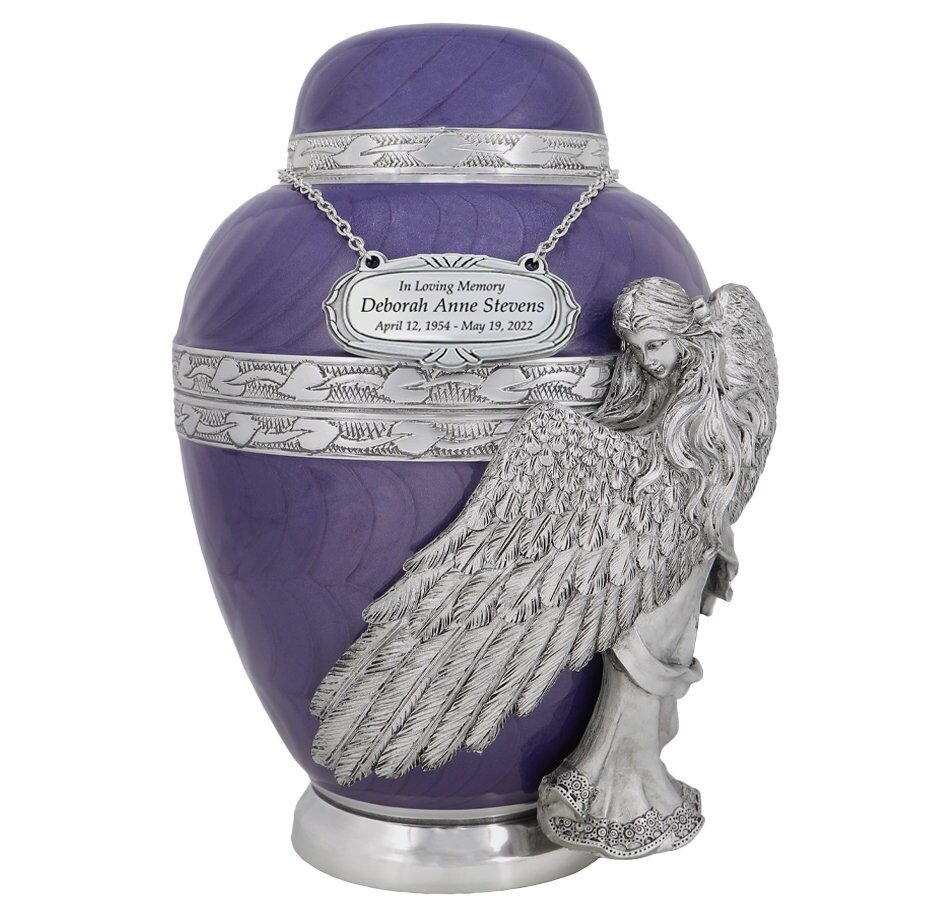
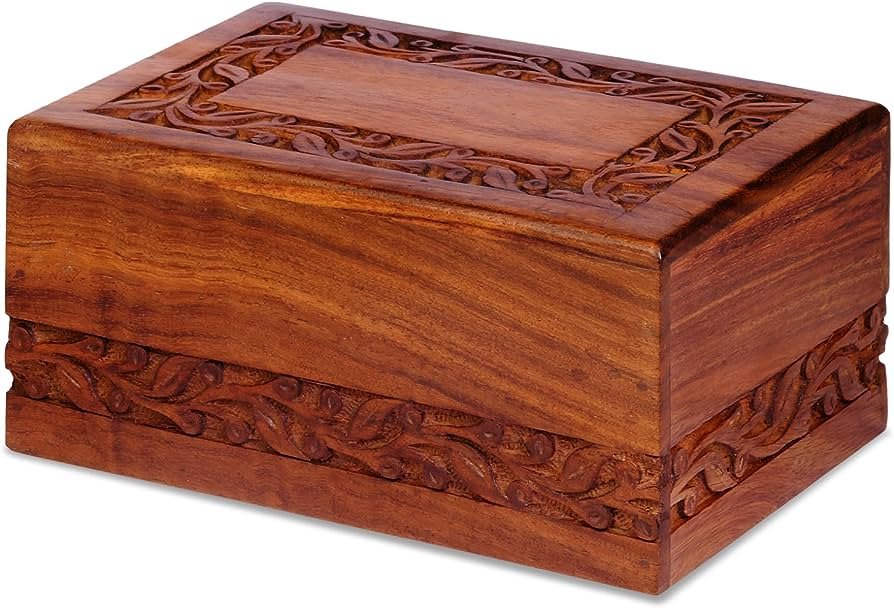
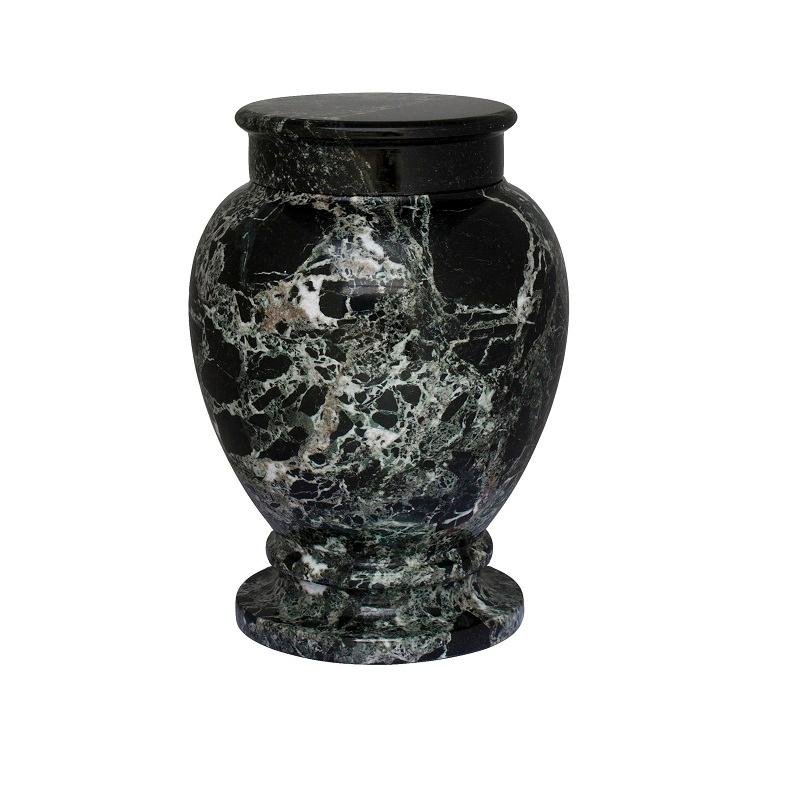
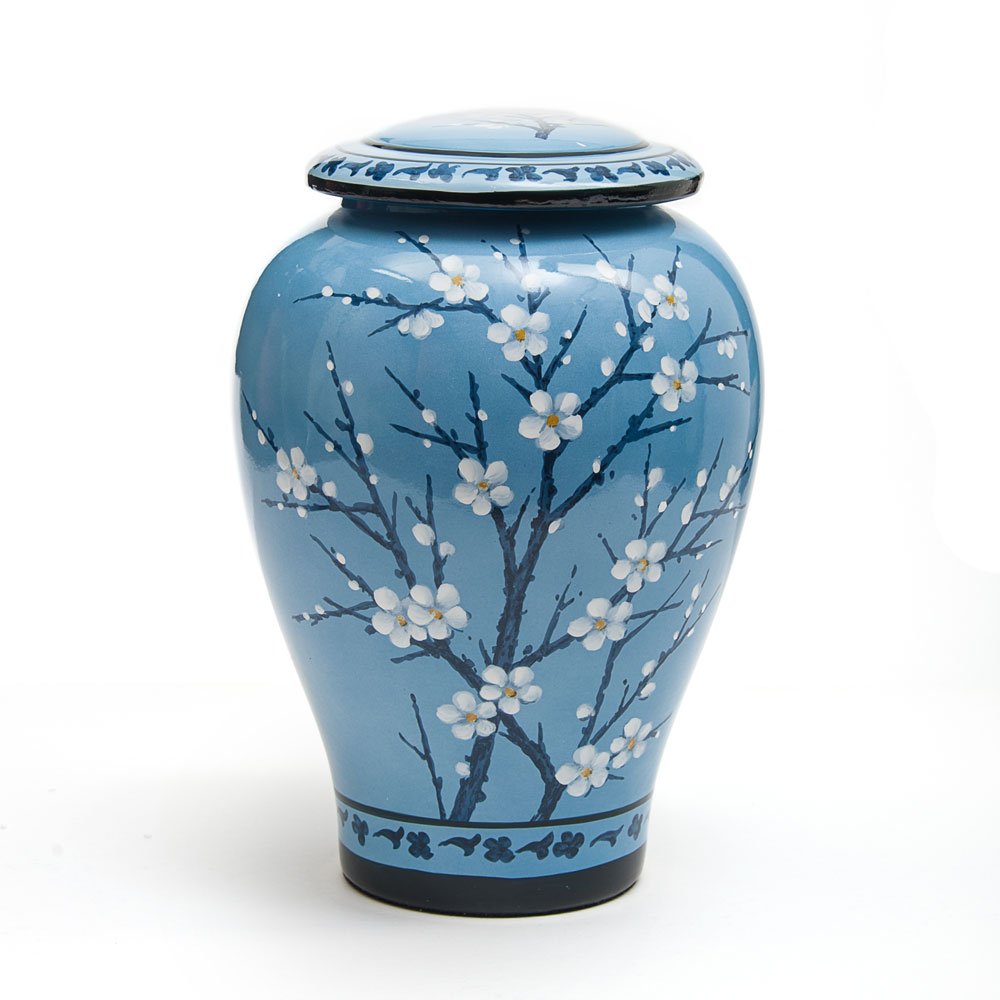
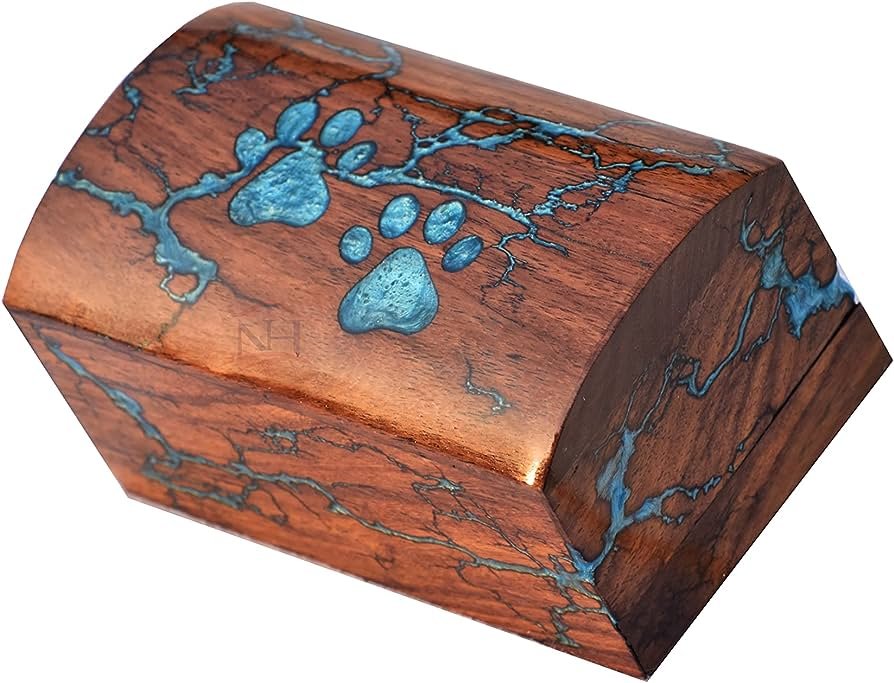
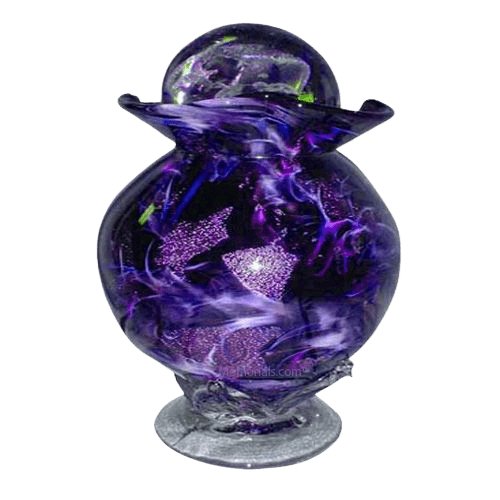
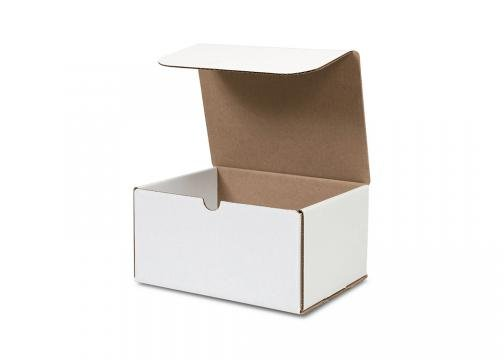

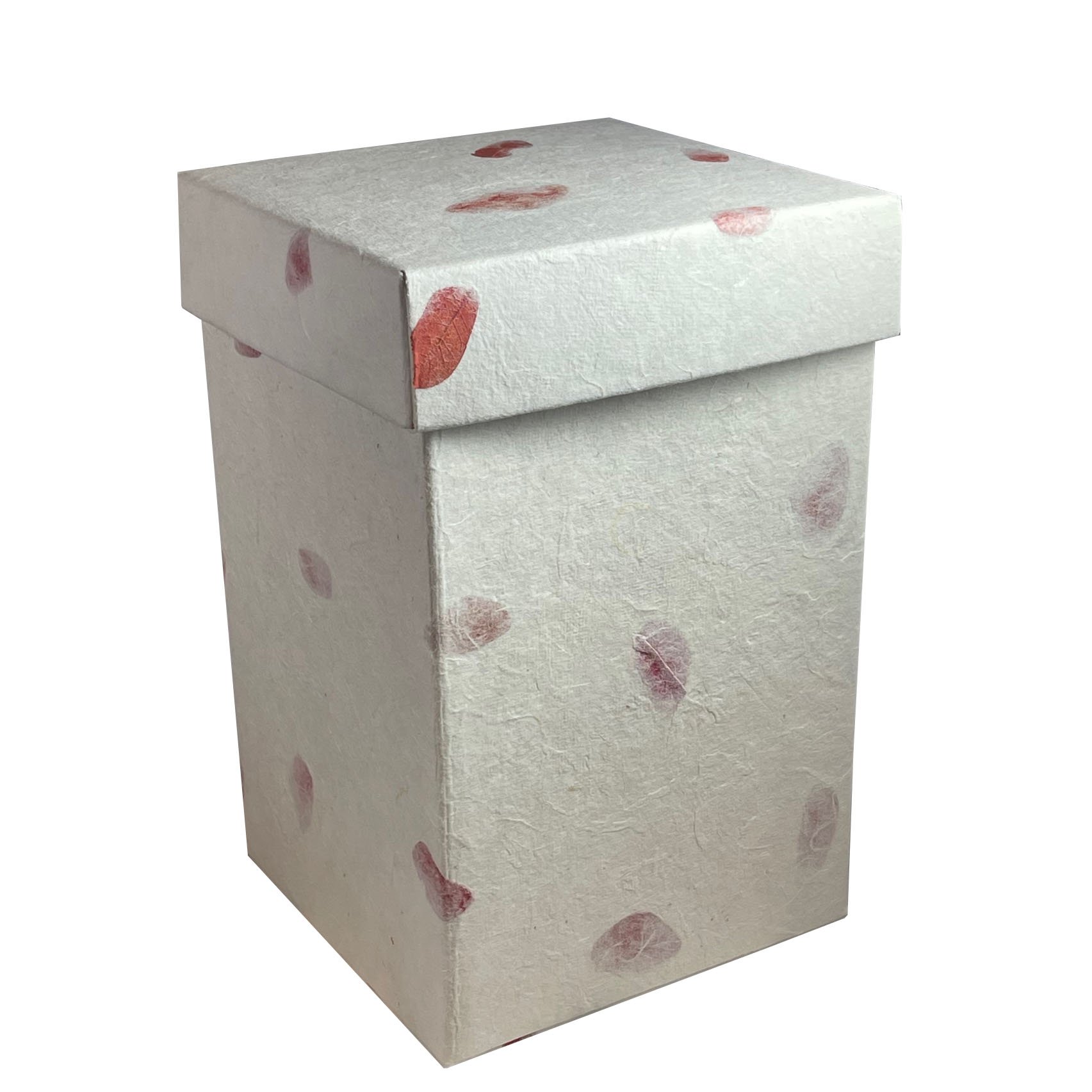
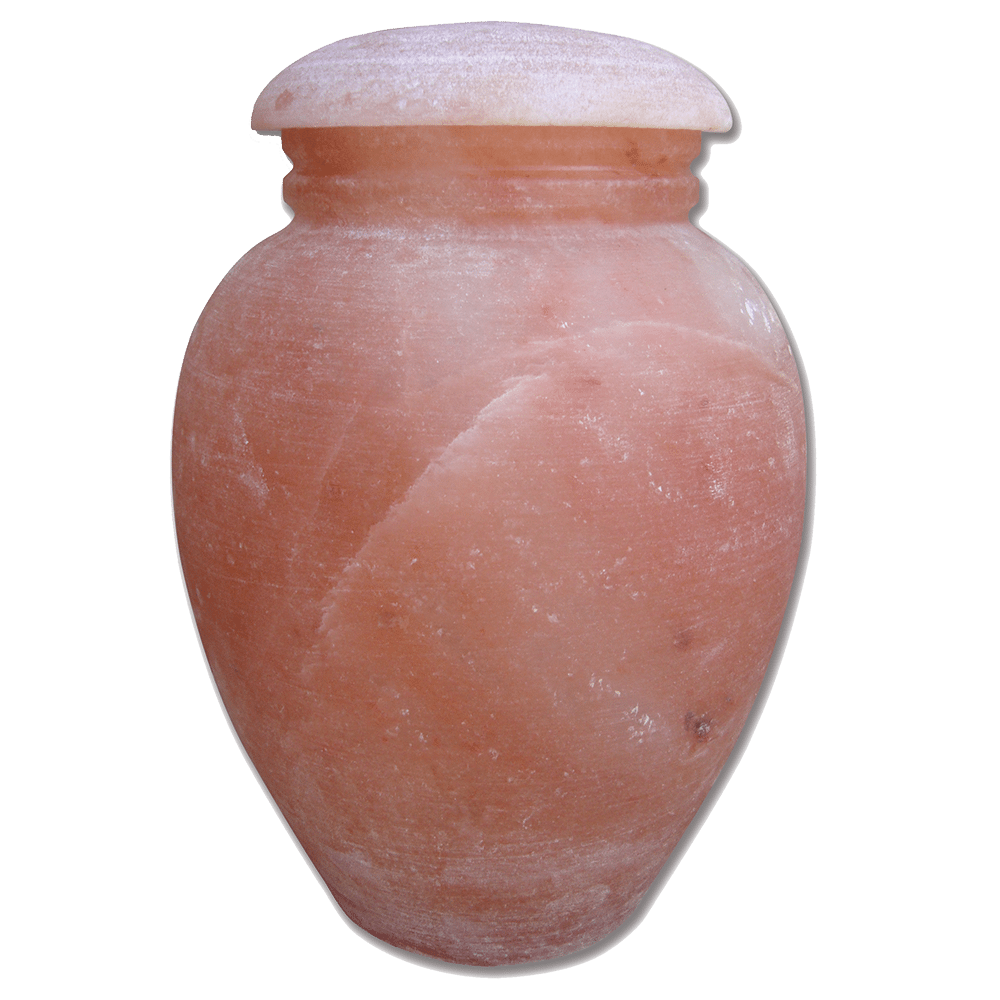
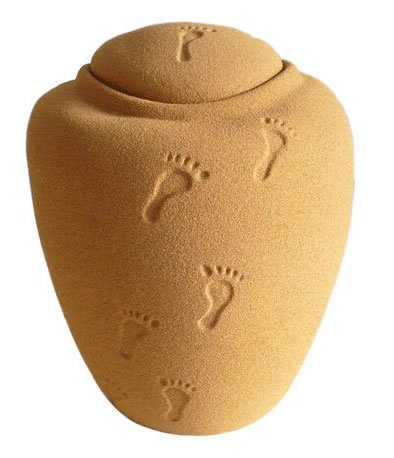
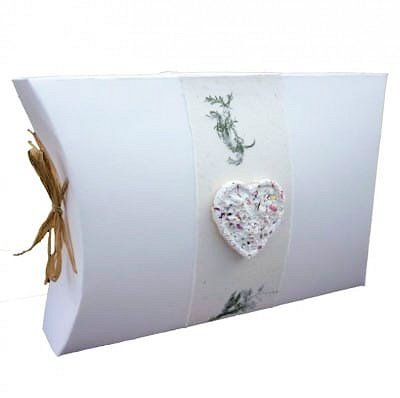
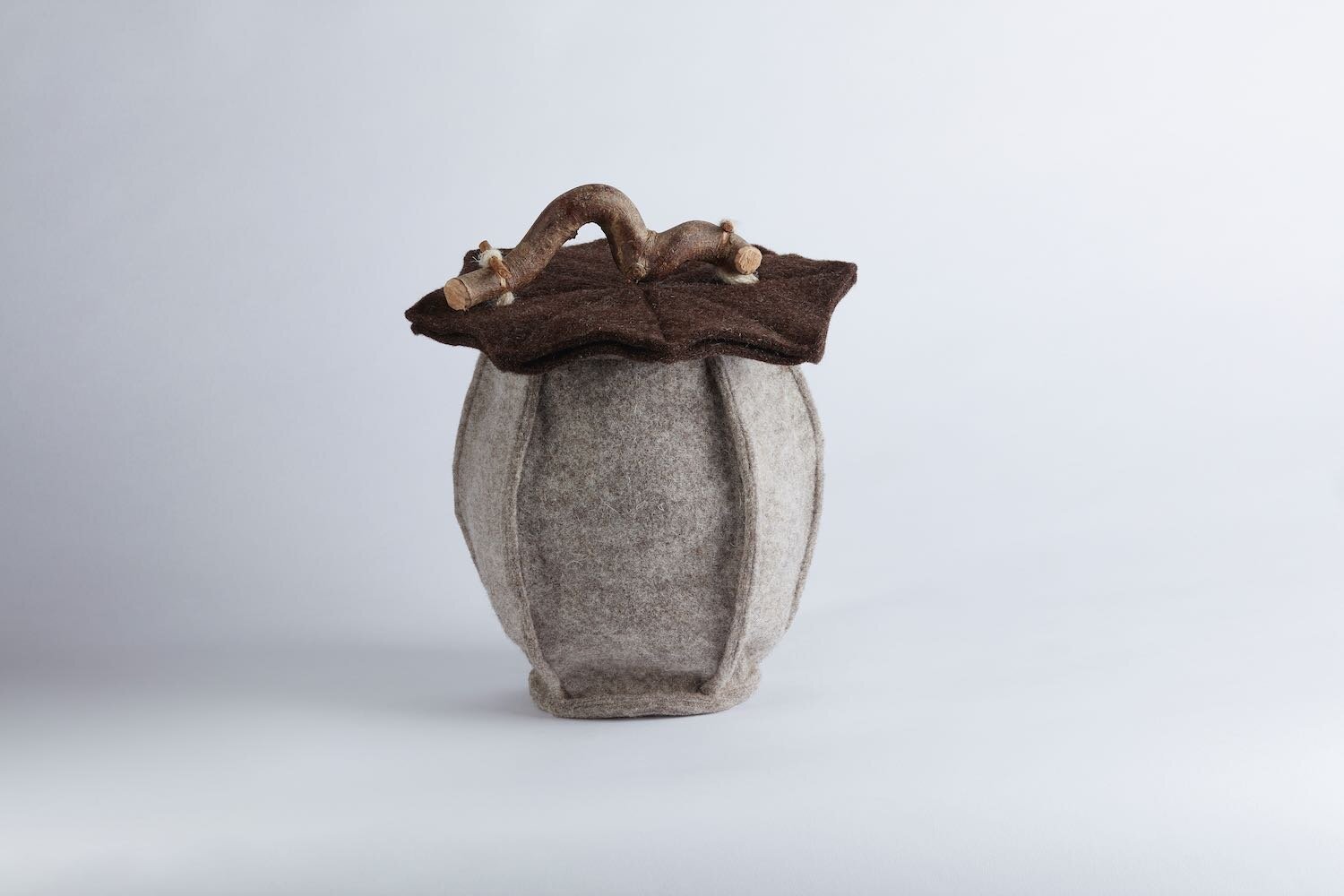
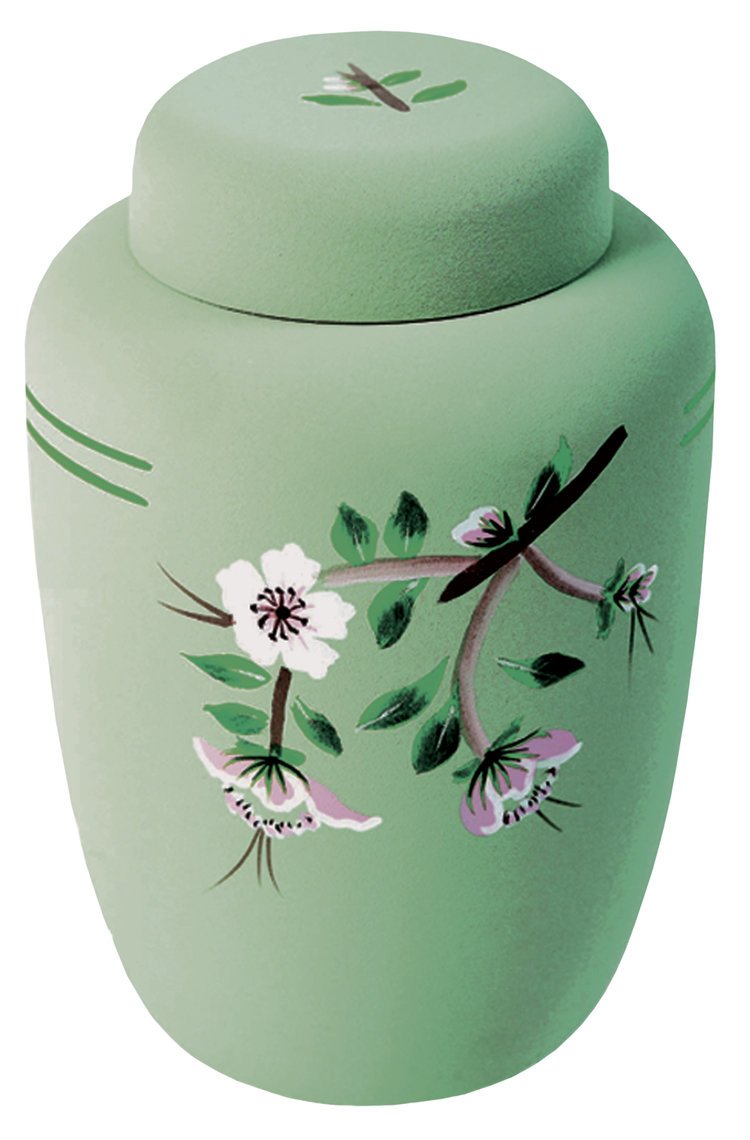
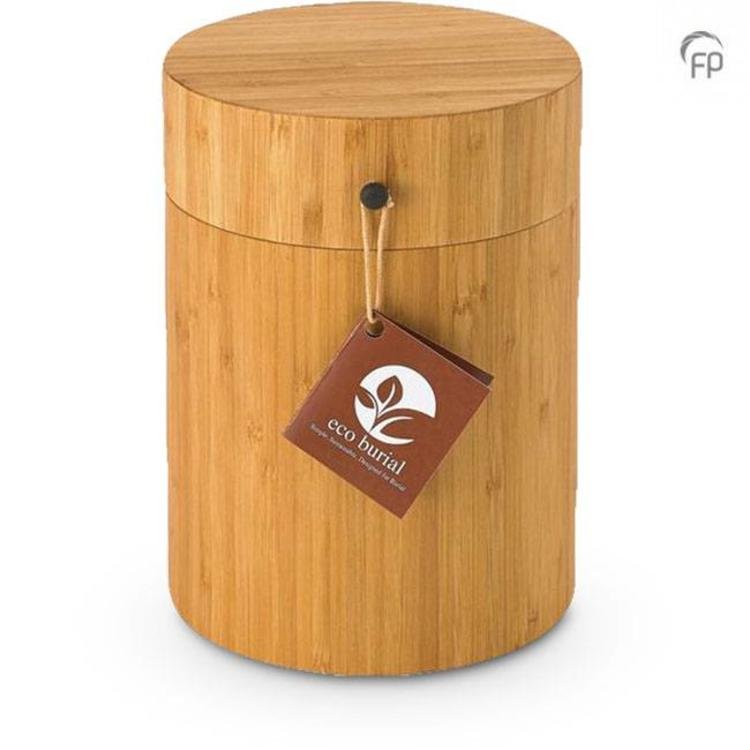
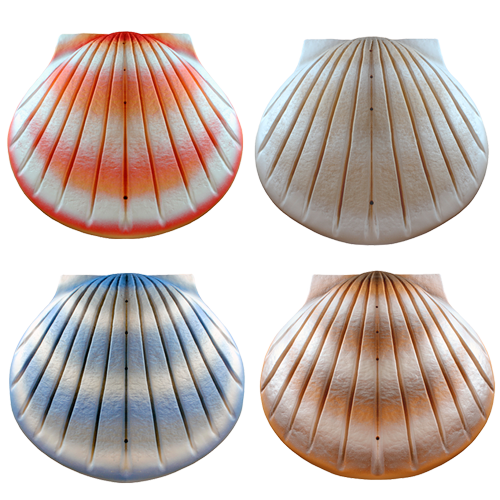
These urns are shared as visual examples; no endorsement is implied.
Disposition
The final destination of the cremated remains can influence the type of urn selected. Here are some considerations:
Cemetery - Check with the cemetery BEFORE buying an urn. They may have restrictions. Urns in the ground usually aren’t a big deal, but they often require a protective box (vault/outer burial container) which may have particular dimensions inside. Niches are where you run into problems if you aren’t careful. Your urn must fit inside the niche. If it’s too tall, they might need to lay it on its side, or it might not even fit at all. If it’s a niche with a glass front, the cemetery may require an urn that matches the other urns in the columbarium (like bronze). Others don’t care what you choose.
Scattering - For water scattering, you can get a biodegradable urn designed to float on the water for a brief period before dissolving and sinking. Do not use one of these if you’re keeping it forever since it’s not meant to last. There are also scattering tubes that allow an easy-open, easy-pour release. Sometimes you can opt for the basic temporary urn included by the crematory, or use a regular urn and then later scatter from it.
The key here is to know how to open it and gather the tools BEFORE you get on the boat or up the mountain. Some urns open via small screws while others have threaded lids. Some are pried open with a flathead screwdriver. Once you’re inside, be prepared to see a thick plastic bag, possibly zip tied closed. There will probably be a small metal tag with a serial number attached by the crematory operator (this is what we use to identify the body after it’s been cremated). Make sure you have scissors or a knife to facilitate the scattering. Oh, and this should go without saying, but check the wind direction before release.
Residence - There’s no limit on the type of urn you can have at home. Some people get super fancy sculptured urns that look like fine art. You can’t even tell there are cremated remains concealed within. Homes are also good places for memento chest style urns or the ones that also hold flowers or a candle. Some people find specially crafted urns to resemble a vocation, hobby, or other interest (like the gas tank of a Harley). Others choose an ordinary household container like a cookie jar or a teapot.
The important things to consider here are capacity and durability. Do you want a delicate, fragile container if you live with animals and/or small children? Perhaps not. Make good choices (or invest in a good vacuum with a HEPA filter).
Transportation - Your urn can go places! If you travel on a plane, you can take an urn with you as long as it has proper documentation and it can be x-rayed. They shouldn’t need to open the urn, but always be prepared. Make sure you know your airline’s urn policy. It’s ALWAYS recommended that urns are kept in your carry-on rather than being checked. Don’t give the airline a chance to lose that precious luggage.
Urns can also be sent by mail. Only the US Postal Service will do it, though. No Fed-Ex, UPS, or DHL. The post office has a special highly labeled shipping box just for cremated remains. It can be sent both domestically and internationally, as long as you adhere to the documentation and laws of the receiving county. The mortuary can do all of this on your behalf, usually for a fee.
Learn more about sending urns via USPS here
A note on humidity - If you live in a humid climate and your urn isn’t sealed tightly, the cremated remains can essentially turn into a brick. It doesn’t really matter, unless you need to scatter or split them up at some point. Try adding some of those little “do not eat” desiccant packets. I’ve also heard (but haven’t tried it myself) that placing the brick within a couple sealed plastic baggies and gently dropping it like a bag of ice or whacking it with a rolling pin can do the trick. Or a hammer and chisel. Don’t worry, it probably doesn’t hurt them.
A note on paperwork - Permits and laws vary by location. If you’re planning on doing anything with cremated remains, you probably need permission. Most times, it’s easy to get. If you change your mind about keeping the urn at home and want to bury it in a cemetery instead, the mortuary can “re-file” the permit to reflect its new destination.
If you’re scattering, there are rules about it. You must get permission from private landowners. Certain areas may have specific policies (national parks), while others prohibit scattering entirely (Disneyland). Scattering at sea usually must be done a certain distance from shore. These are the way things SHOULD be done, and I cannot in good conscience tell you to go out and just do it while trying not to get caught.
IYKYK. Also, don’t do this
A note on FINAL disposition for urns kept at home - You probably care very much about your closest loved ones and will treasure their cremated remains. They may hold a place of great esteem on your mantle. However… you need to consider what will happen after you’re gone. Will future generations hold those urns in the same regard? Some distant relation that they’ve never even met? That’s how urns end up abandoned at Goodwill.
Make a plan for what will happen to any urns in your possession after your death. Will they be scattered or buried? Is there anyone else in the family that would treasure them equally? Make sure they have what they need to keep the urn AND to plan for the inevitable next step. Give that urn a proper FINAL resting place.
What else should you know?
Buying from the mortuary - This is a convenient option. Funeral homes sometimes have urns in-person for you to see and touch. Otherwise, they work out of catalogs and can usually get next-day shipping from the warehouse.
Buying online - Check out the vendor to make sure it seems reputable rather than sketchy. There are a lot of excellent companies out there. Also, there are lots of cool, crafty urns on sites like Etsy. Just do your research. Pay attention to the sizes and the shipping information. If you have a memorial service scheduled, will the urn arrive on time?
Filling urns - If you order an urn later or want to split it up in the future, you can do the transfer yourself. Lay down paper or plastic on your table to catch any spills. Figure out how the urn opens. Some open on the bottom, and if they have a weirdly shaped top, you might need help to support it upside down while you fill it.
The original urn may have a plastic bag inside. Your choice whether to keep that, use a new one, or not use it (like if it’s too difficult to get into a small opening). You might need a spoon, scoop, or funnel if the opening is small. Jewelry can be tricky to fill.
If you decide you want the urn sealed FOREVER, you can use super glue or epoxy. I can’t stress this enough though… make sure you don’t get glue on your fingers then touch cremated remains and/or the urn.
If this all sounds terrifying, call your local mortuary and ask if they’ll pretty please help you. Most will, especially if you’re super nice. Bribes are a good way to go if you have a lot of really annoyingly designed urns to fill. Just call and ask, then set an appointment rather than just walking it unexpectedly.
Variations in processing - Crematories have to put the cremated bones into an industrial blender and process them down in order to fit in the urn. They start as big chunky bone fragments and end as a coarse, sand-like material. If the crematory operators know the remains will be scattered, they might blend them down a bit finer. No one wants to scatter identifiable bone fragments.
The colors vary too, changing based on the temperature of the cremation, how long it took, the chemical composition of the body, and the container they were cremated in. There’s a range of grayish, brownish, tannish beige, from light to dark. After alkaline hydrolysis (water cremation), the cremated remains are a brighter white than what you get from flame cremation.
Weird custom urns - Definitely a possibility now, but you’re probably going to pay accordingly. The sky is the limit.
Other weird things you can do with cremated remains - There are a LOT of other strange options out there, like being turned into a diamond, pressed into a vinyl record, or launched into space. That’s a story for another day, though!
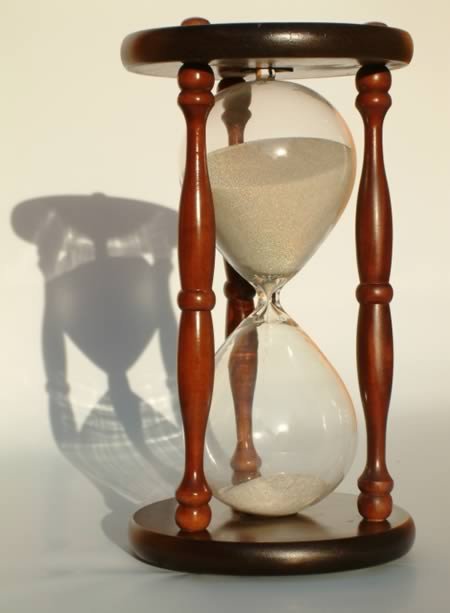
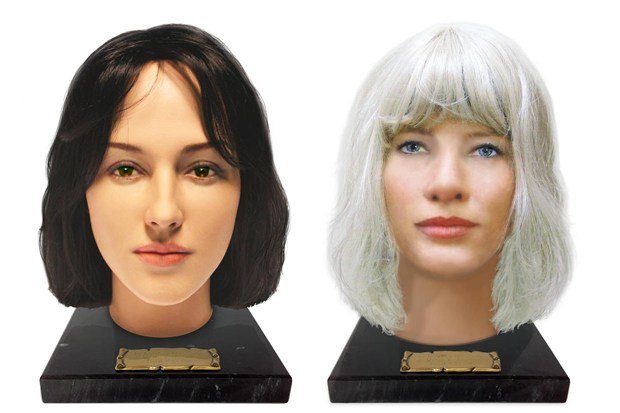
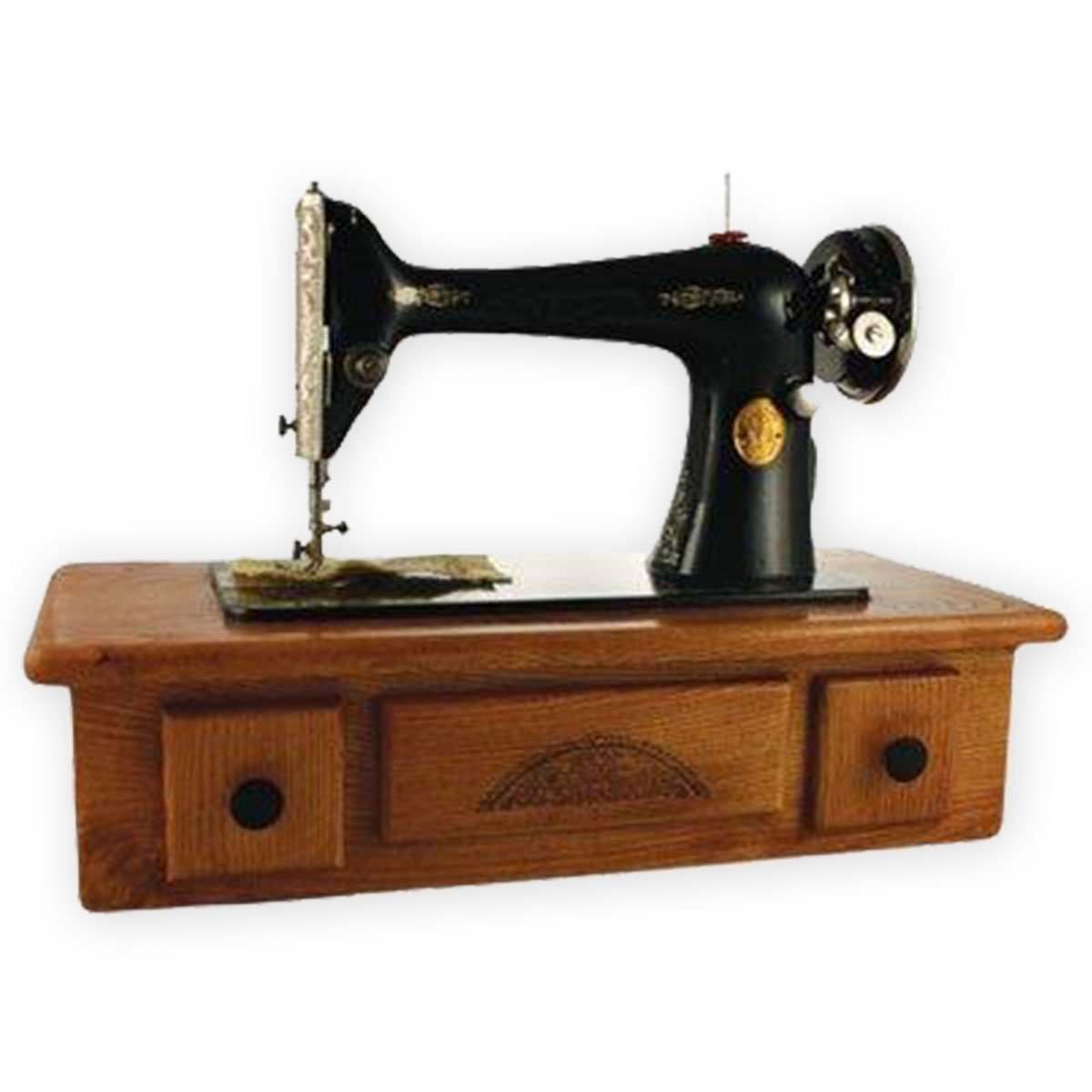
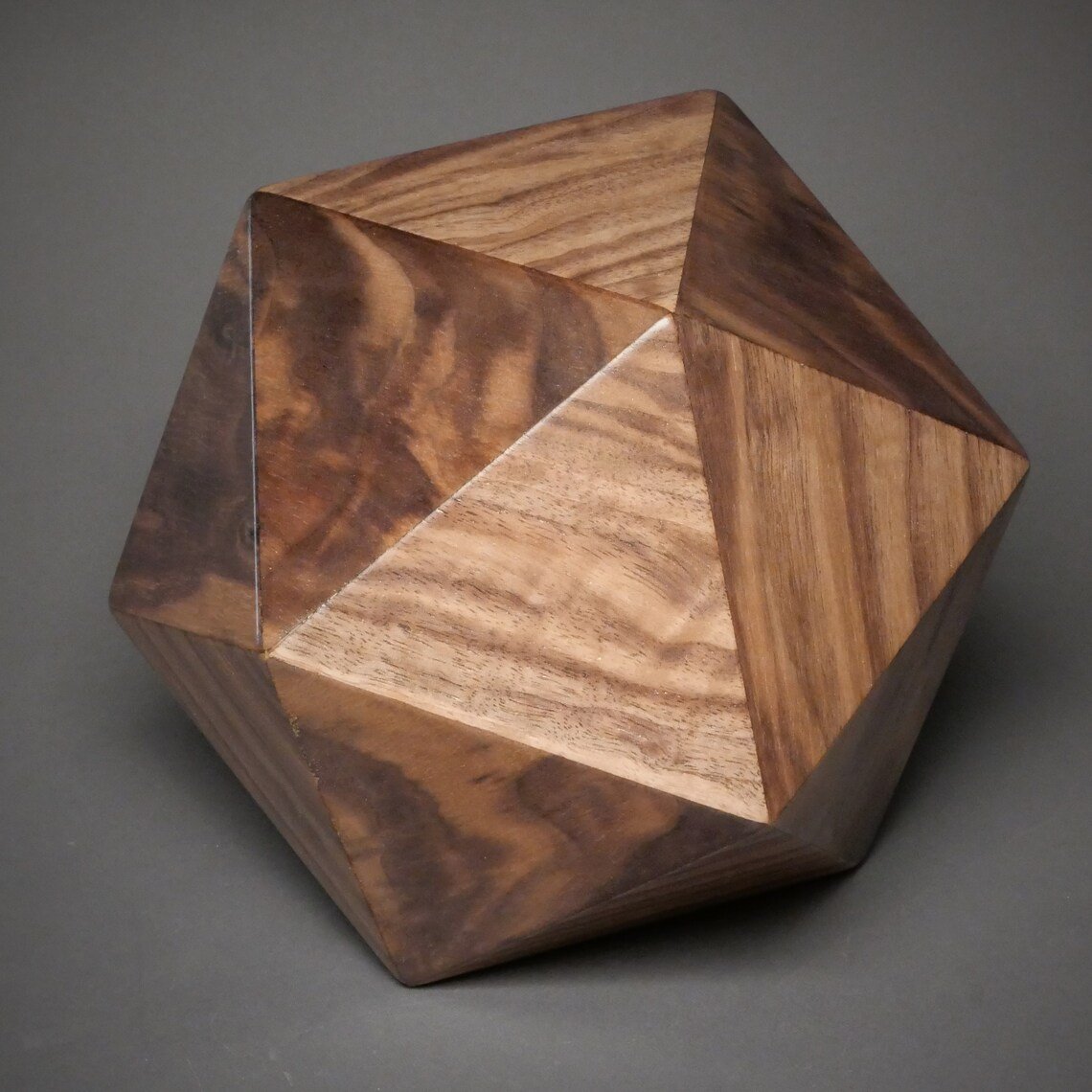

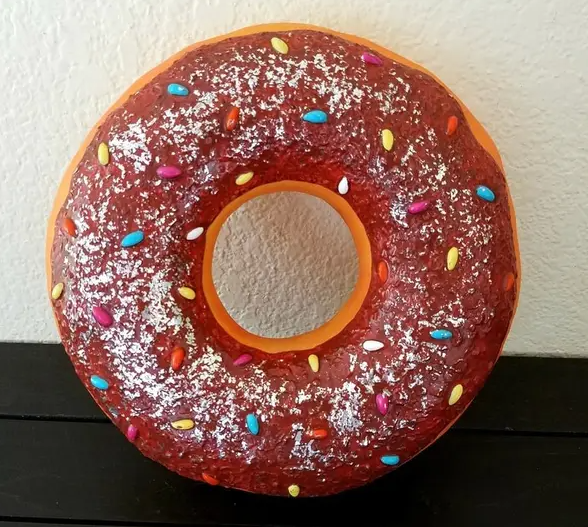
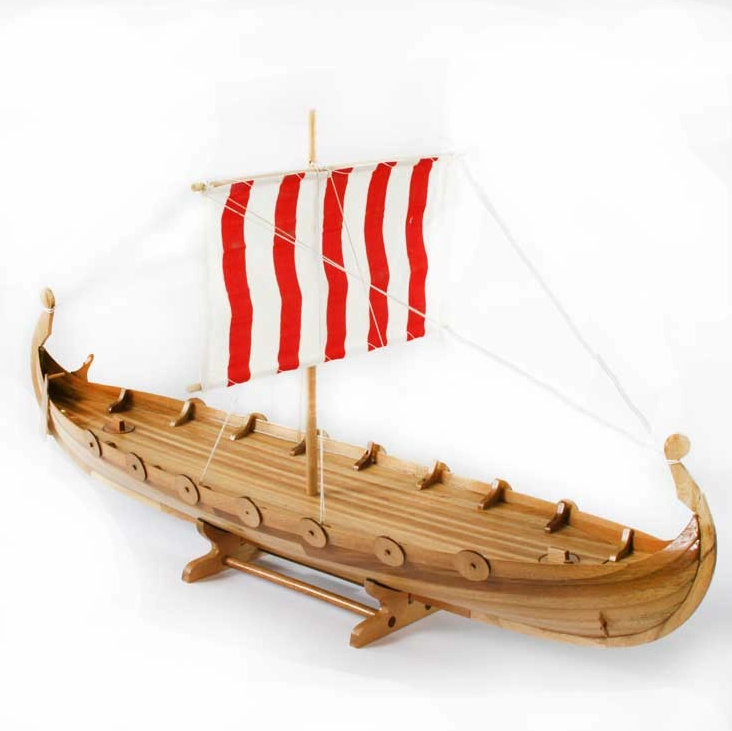


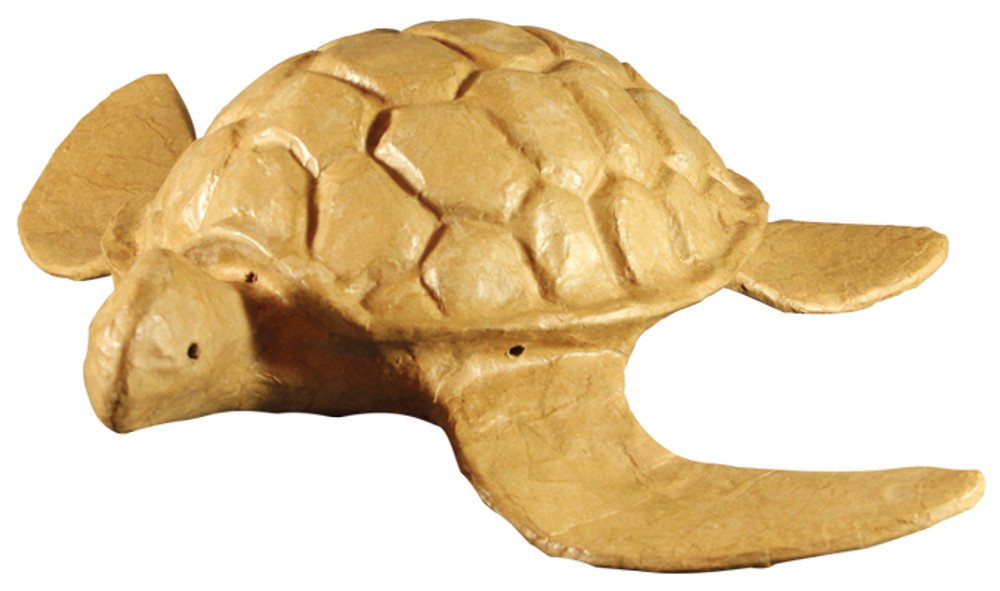
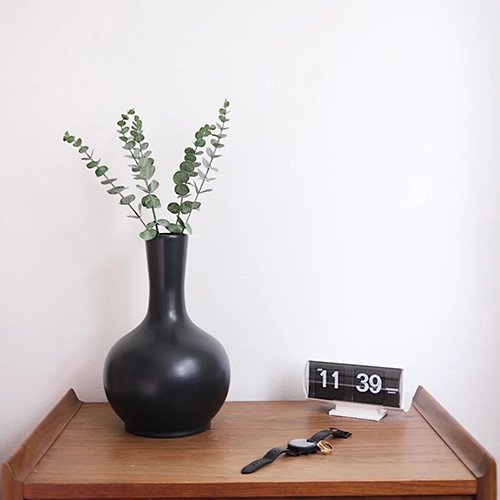
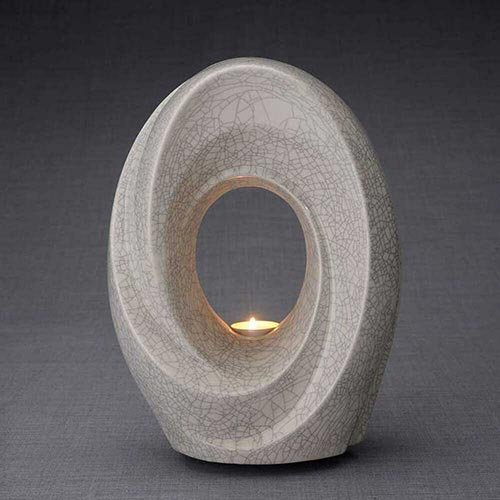
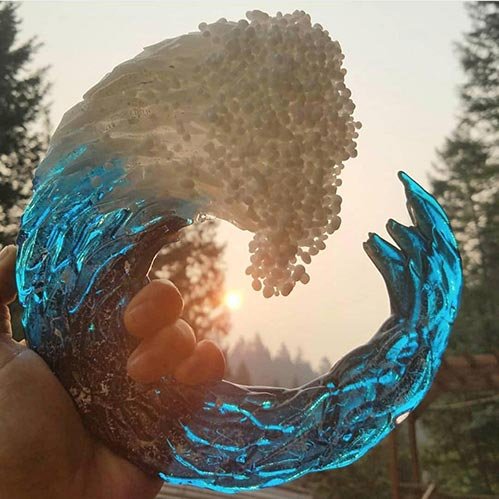
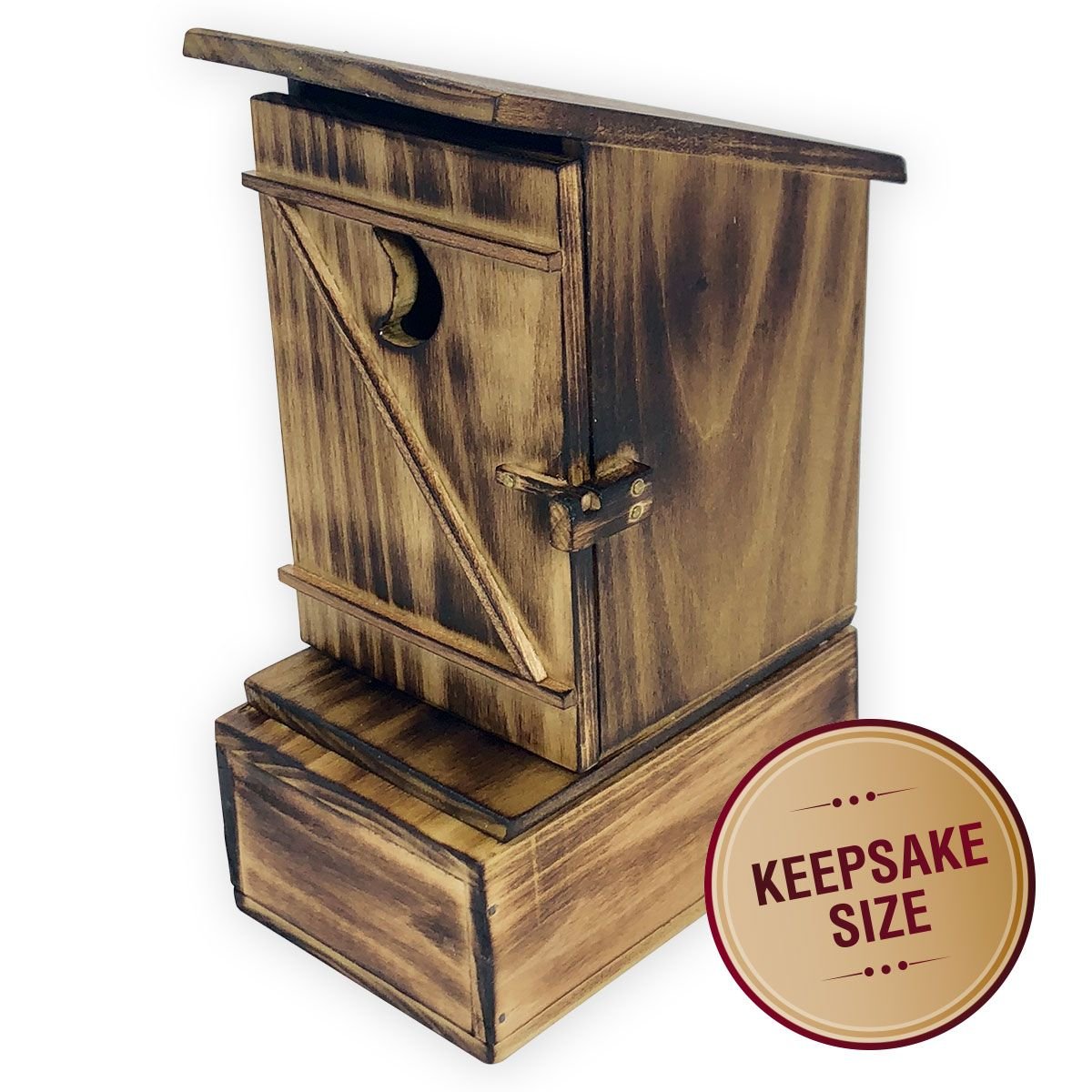
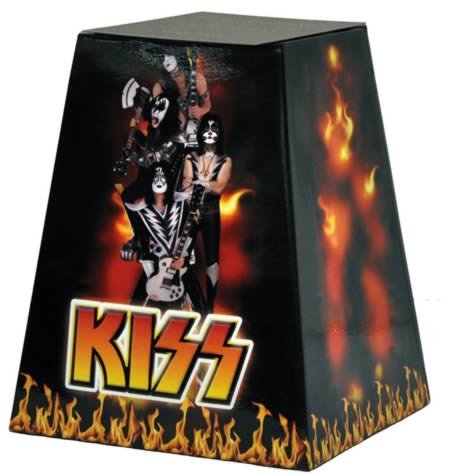
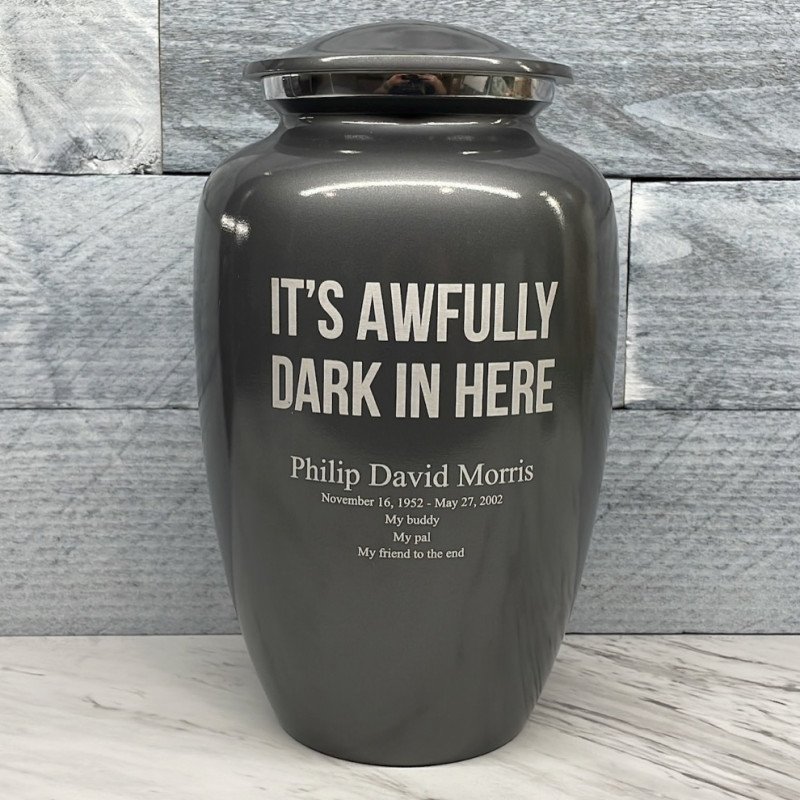
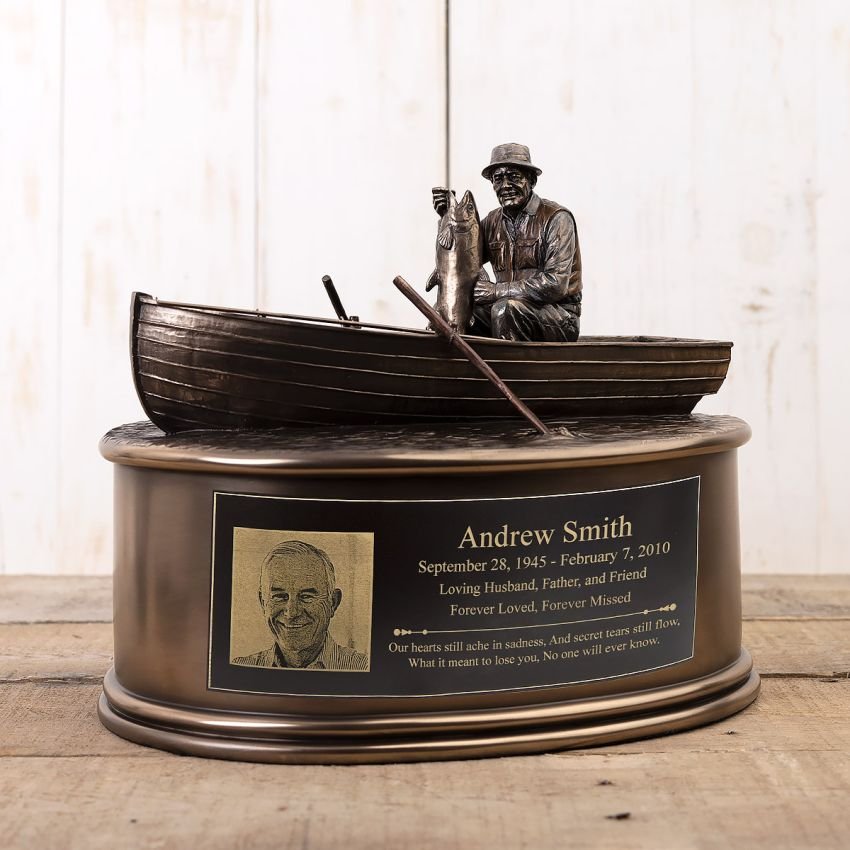

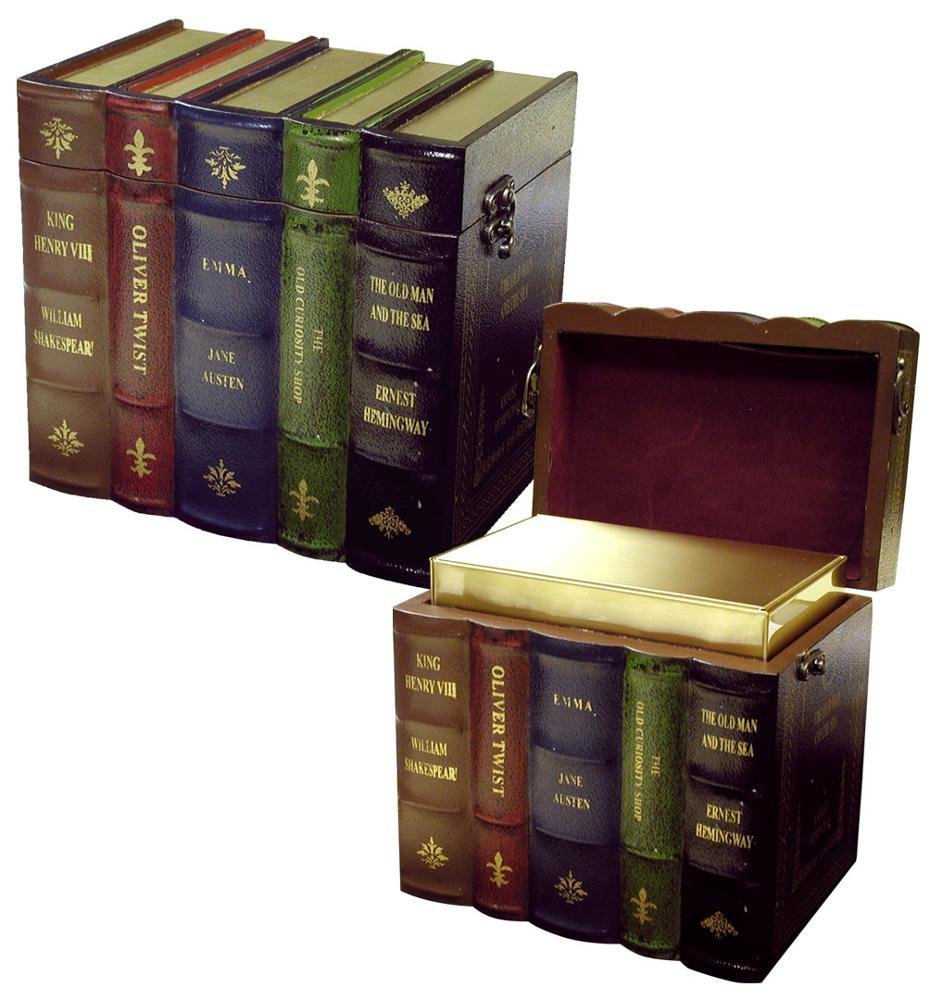
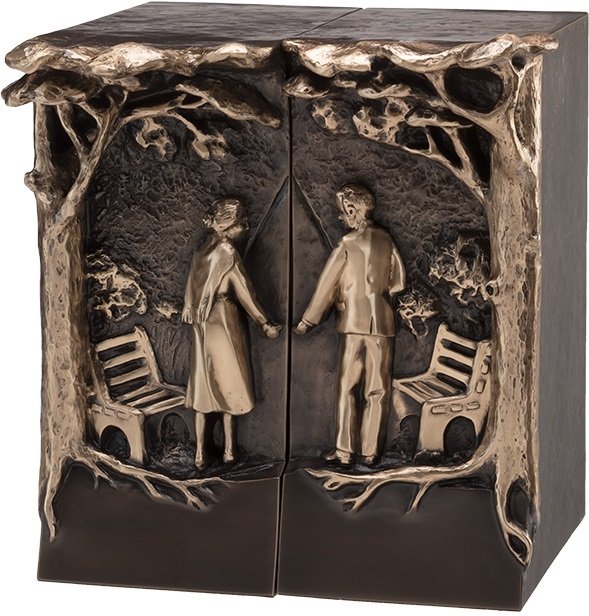
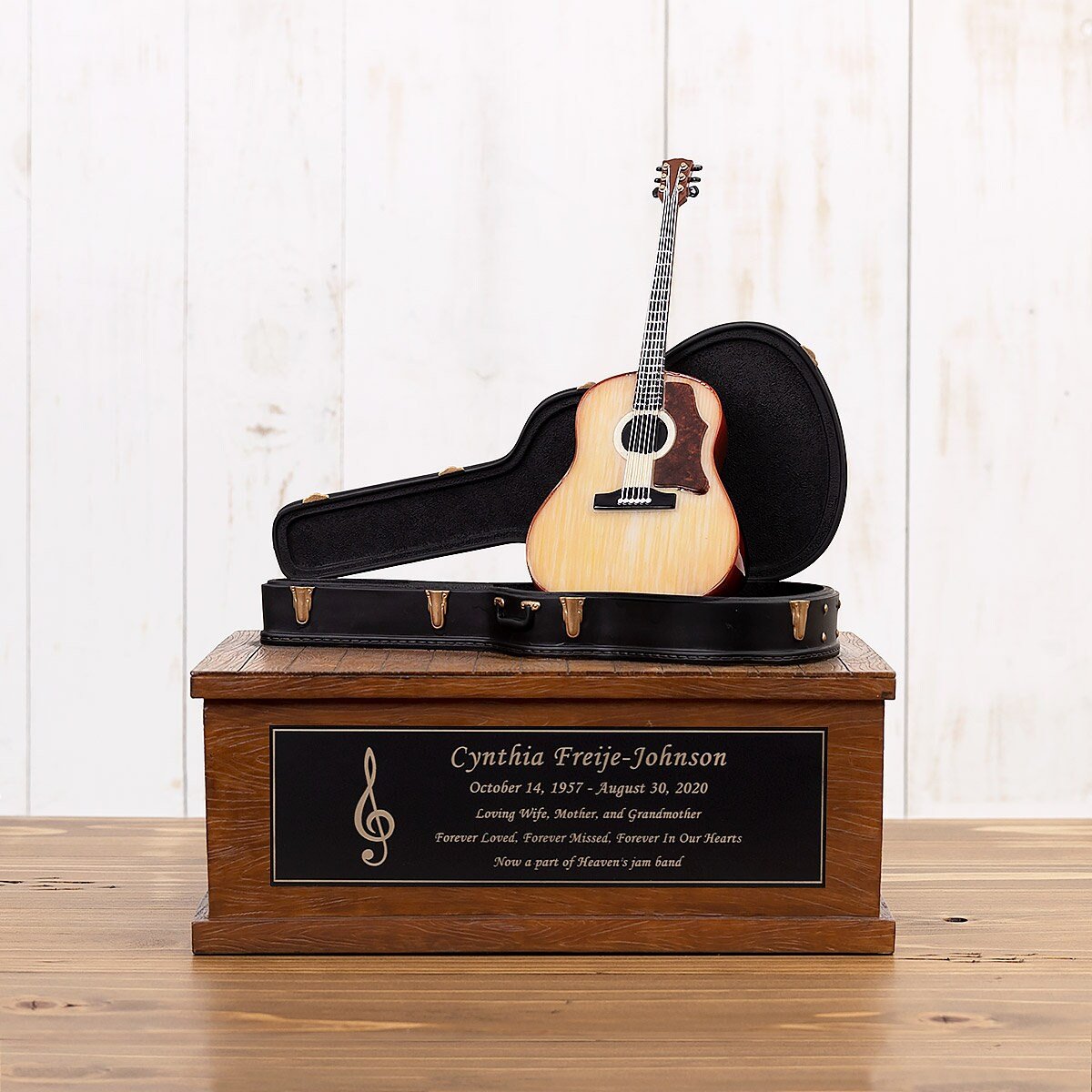
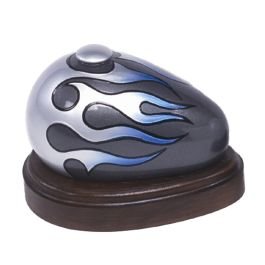
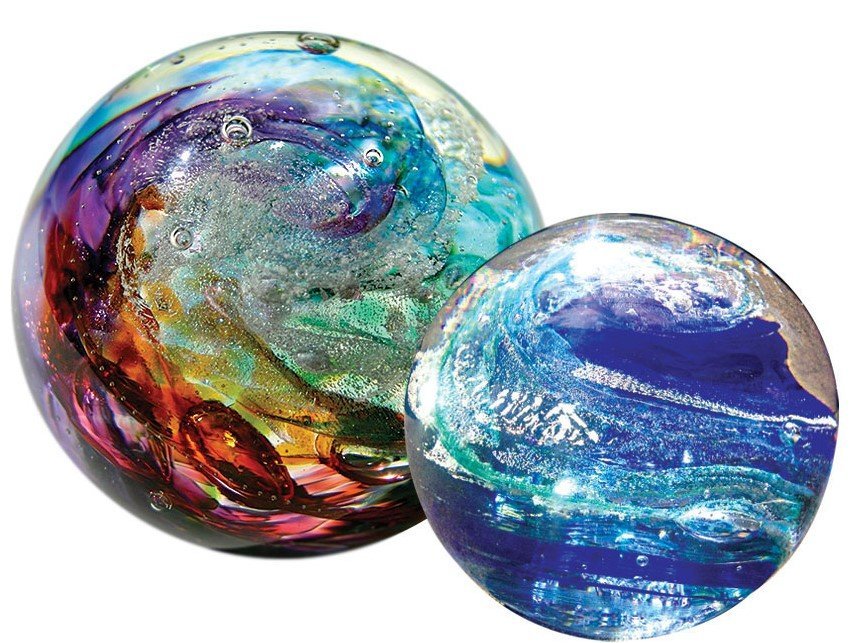
These urns are shared as visual examples; no endorsement is implied.
What kind of urn do YOU want???
Veteran funeral director, embalmer, and lifelong bookworm, Louise finally found her purpose: educating and entertaining strangers on the internet about dead bodies and funerals. Her blog, Read In Peace, combines her passion to educate with fun and humor. She shares tips and useful information about death and funerals, along with lighthearted “dissections” of related books and movies. Louise is currently working on her first book, a nonfiction guide called Embalming For Amateurs.

